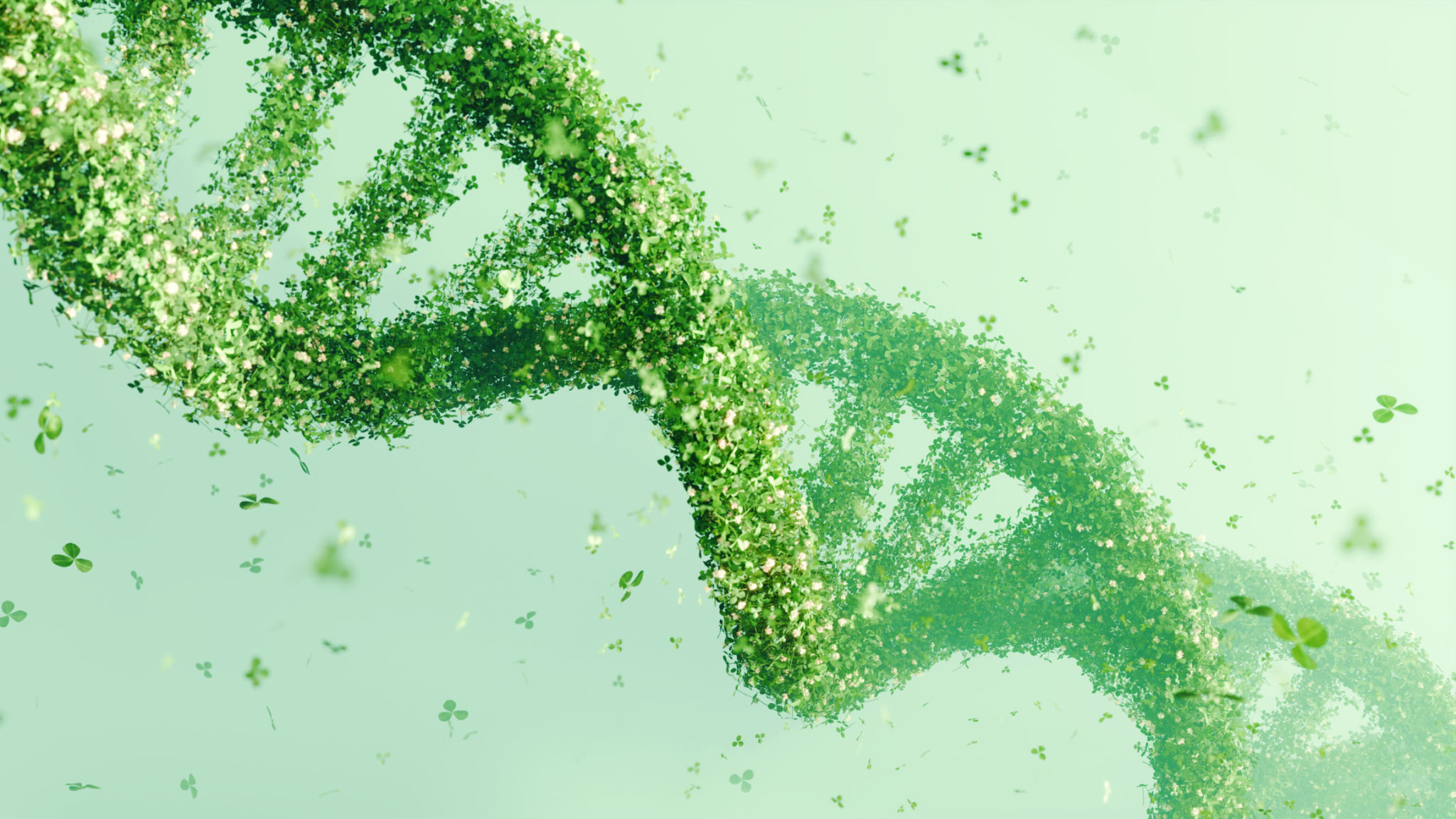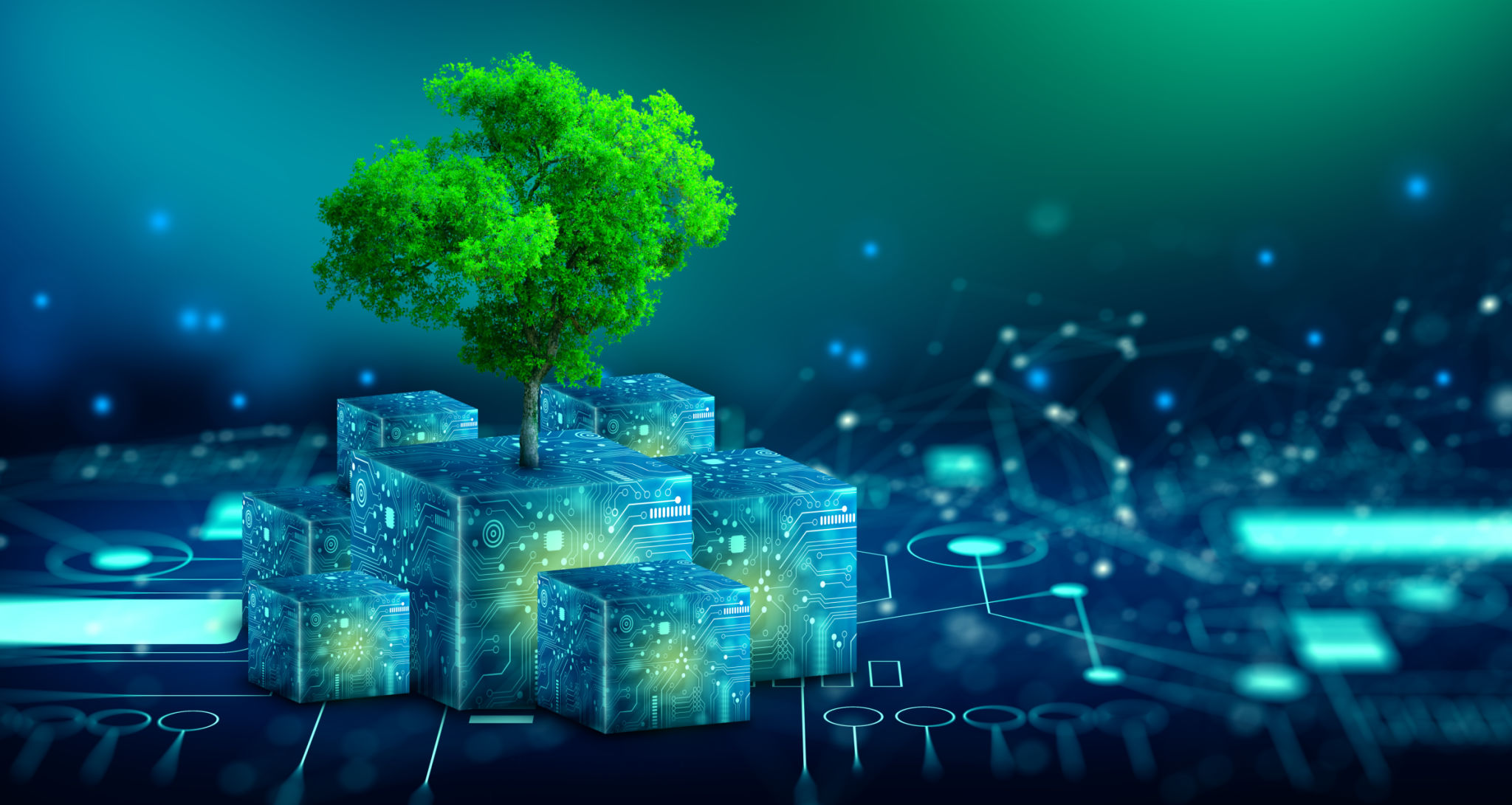Seasonal Innovations: How Nature-Driven AI Adapts to Environmental Changes
Understanding Nature-Driven AI
As technology evolves, so does our approach to integrating artificial intelligence with the natural world. Nature-driven AI stands at the forefront of this innovation, designed to adapt and respond to environmental changes dynamically. This symbiotic relationship between technology and nature not only enhances the functionality of AI systems but also promotes sustainability.
The core principle of nature-driven AI is its ability to learn from and mimic the adaptive processes found in nature. From the changing seasons to fluctuating weather patterns, these systems use environmental data to optimize their algorithms and improve performance. This results in AI that is not only intelligent but also eco-conscious.

How AI Adapts to Seasonal Changes
One of the most fascinating aspects of nature-driven AI is its capability to adjust to seasonal changes. Just as flora and fauna have evolved to survive through various seasons, AI systems are now being designed to exhibit similar adaptability. This allows them to optimize their operations according to seasonal demands and limitations.
For instance, in agriculture, AI can help farmers decide when to plant or harvest crops by analyzing weather patterns and soil conditions. In energy management, AI systems can predict energy consumption spikes during colder months and adjust supply accordingly, minimizing waste and maximizing efficiency.

Applications in Environmental Conservation
Nature-driven AI is not only about adaptation; it also plays a crucial role in conservation efforts. By leveraging AI technologies, conservationists can monitor wildlife populations, track migration patterns, and even predict natural disasters. This proactive approach allows for better-informed decisions that can significantly impact ecological preservation.
- Wildlife tracking and monitoring
- Disaster prediction and response
- Habitat restoration
The Role of Machine Learning
Machine learning is a key component of nature-driven AI, enabling systems to continuously improve by learning from environmental data. These algorithms can identify patterns and relationships that may not be immediately apparent to human analysts. This capability is particularly beneficial in fields such as meteorology, where accurate predictions can save lives and resources.
For example, machine learning models can analyze historical weather data to forecast severe weather events with greater precision. This leads to more effective emergency preparedness and response strategies.

Challenges and Opportunities
While the potential of nature-driven AI is immense, there are challenges that must be addressed. One major concern is ensuring that these systems do not inadvertently disrupt ecosystems. Careful monitoring and regulation are required to mitigate any negative impacts.
Furthermore, as these technologies become more sophisticated, there are opportunities to enhance collaboration between AI developers and environmental scientists. By working together, they can create solutions that benefit both technology and nature, fostering a sustainable future.
The Future of Nature-Driven AI
Looking ahead, the evolution of nature-driven AI presents exciting possibilities. As our understanding of natural processes deepens, so too will the capabilities of these AI systems. This progression promises not only technological advancement but also a more harmonious relationship between humanity and the environment.
With continued research and development, nature-driven AI has the potential to address some of the most pressing environmental challenges of our time. By harnessing the power of technology in tandem with nature's wisdom, we can pave the way for a more resilient planet.
